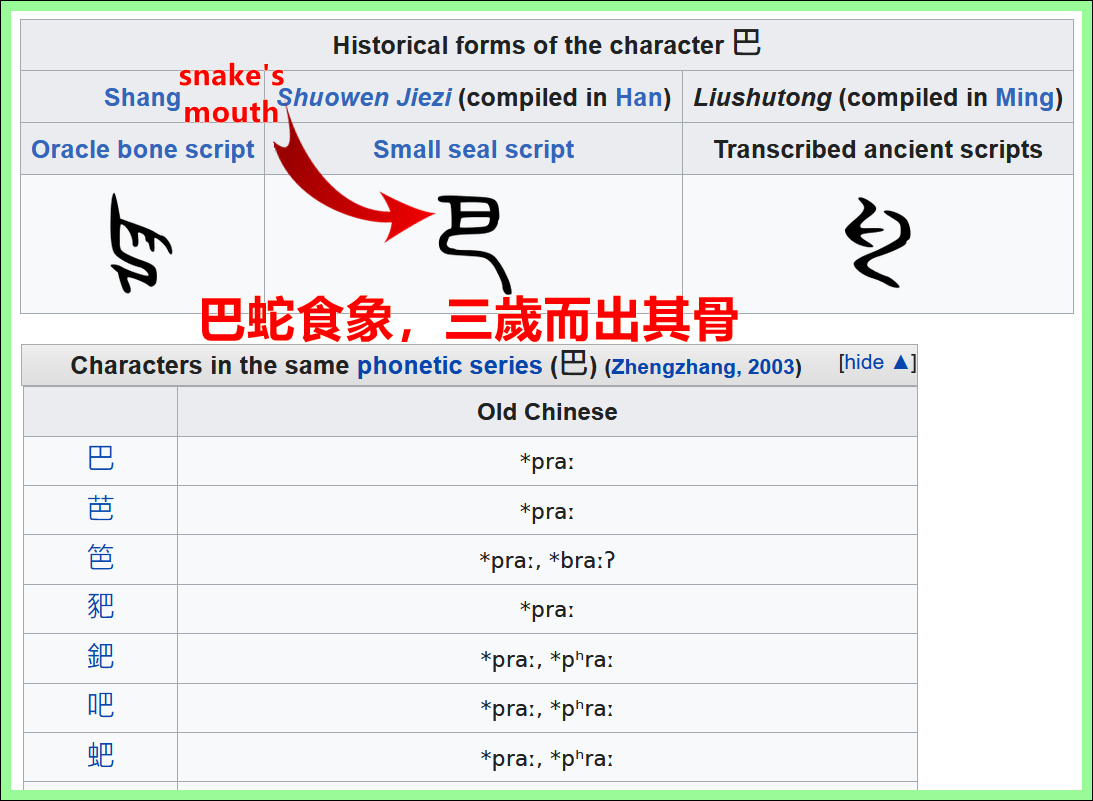First of all, please remember, and meanwhile tolerate, that the answers to your question will have exceptions, maybe many exceptions. Therefore, some "rules" may help the students to learn Chinese characters, or adversely MISLEAD them to mistakes.
Your question on the components 偏旁 that constructed the Chinese characters 汉字 can be rooted in 六书 (The six principles of constructing Chinese characters): 象形 (pictograph), 指事 (direct indication), 会意 (compound ideograph), 形声 (phono-semantic compound), 假借 (loan word), and 转注 (derivative cognate).
Most of the characters related to your question would belong to 会意 (compound ideograph) and 形声 (phono-semantic compound).
The so-called component 偏旁 is from the concept that a Chinese character 汉字 can be taken apart into its constituent pieces and each of the pieces is a component 偏旁. You can separate a Chinese character 汉字 into two, three, or even more parts employing left-to-right 左右结构, upper-to-lower 上下结构, or inside-to-outside 内外结构. Please note that each component 偏旁 may be or NOT be another character 汉字, may have or NOT have a meaning of something (neither semantic nor phonetic, 既不表意 也不表声).
People take advantage of the concept of component 偏旁 to assemble a dictionary or various lists in textbooks. Those components 偏旁 used in the dictionaries are called indexing components 部首. Most of the indexing components 部首 are a semantic component.
For the translation to English, I would use the word "component" for "偏旁" and the word "radical" for "部首". A "component" can be any part of a Chinese character. A "radical" is especially an index used in a dictionary to find a Chinese character. Different dictionaries can have different lists of "radicals", depending on the authors of the dictionary.
For example:
草 (cao3) has the semantic component "grass radical" on the top and the phonetic component of "ao" in 早 (zao3).
桃 (tao2) has the semantic component "wood radical" on the left and the phonetic component of "ao" in 兆 (zhao4).
跳 (tiao4) has the semantic component "foot radical" on the left and the phonetic component of "ao" in 兆 (zhao4). (not including the consonant and the glide).
The phonetic component usually includes only the rime part, not the onset part, of the syllable of the root character.
Another case using "radical" is 会意 (compound ideograph). For example:
泪 (lei4) has the semantic component "water radical" on the left and the ideograph component of "eye" 眼睛 (目).
As said before, there are many exceptions.




